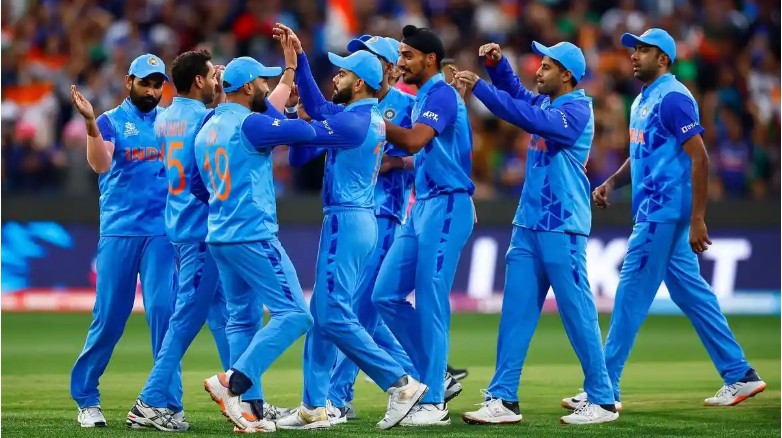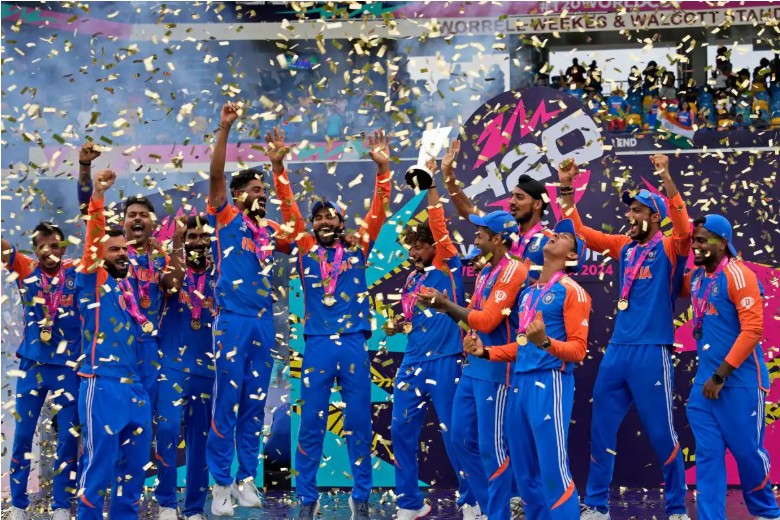
Cricket is one of the most widely followed sports in the world, with a rich history and a deeply embedded cultural presence in several countries. Originating in England in the 16th century, the sport has evolved into a globally recognized game, with professional leagues, international tournaments, and a passionate fan base. Its unique combination of strategic depth, athletic skill, and varied formats has made it popular across continents, particularly in South Asia, Australia, the United Kingdom, and parts of the Caribbean and Africa.
Cricket’s accessibility has expanded with technology, allowing fans to follow live matches, track statistics, and engage with digital platforms. Mobile applications and online platforms have facilitated real-time interaction, enabling enthusiasts to analyze performances and participate in discussions. In particular, online cricket betting app platforms have emerged as a technological extension of fan engagement, allowing users to follow games more closely and interact with match data through digital tools.
Contents
The Formats of Cricket
Cricket is played in several formats, each with its own rules, duration, and strategic nuances.
Test Cricket
- Duration: Up to five days
- Structure: Two innings per team
- Focus: Endurance, strategy, and long-term planning
One Day Internationals (ODIs)
- Duration: Approximately 7–8 hours
- Structure: 50 overs per side
- Focus: Balanced approach between batting aggression and strategic fielding
Twenty20 (T20)
- Duration: Approximately 3 hours
- Structure: 20 overs per side
- Focus: High intensity, aggressive batting, and rapid scoring
| Format | Duration | Overs per Side | Key Strategy |
| Test | Up to 5 days | Unlimited per innings | Patience, endurance, adaptability |
| ODI | 7–8 hours | 50 | Combination of attack and defense |
| T20 | 3 hours | 20 | Aggressive, fast-paced scoring |
These formats cater to different audiences, providing flexibility for players and fans alike. Test cricket emphasizes technique and consistency, ODIs strike a balance between endurance and scoring efficiency, while T20 offers quick, entertaining matches suitable for broadcast and digital consumption.
Key Roles in Cricket
Cricket teams consist of players with specialized roles that contribute to overall team performance.
| Role | Responsibilities | Typical Skills |
| Batsman | Score runs for the team | Timing, shot selection, concentration |
| Bowler | Restrict runs and take wickets | Accuracy, variation, stamina |
| All-rounder | Contribute with both batting and bowling | Versatility, fitness |
| Wicketkeeper | Defend the stumps, assist in fielding | Reflexes, anticipation, agility |
| Fielders | Support bowlers, prevent runs | Speed, catching, coordination |
Effective teamwork, coordination, and strategic planning are critical in cricket. Each role demands specific skills, and team success depends on the integration of individual contributions.
Cricket Leagues and Tournaments
The global popularity of cricket is reflected in numerous leagues and tournaments that attract millions of viewers worldwide. Major international events include the ICC Cricket World Cup, ICC T20 World Cup, and ICC Champions Trophy. Regional leagues, such as franchise-based T20 tournaments, provide opportunities for local talent to compete with international players and gain recognition.
These events have expanded the sport’s cultural and economic significance, generating revenue through broadcasting rights, sponsorships, merchandise sales, and tourism. Additionally, they provide platforms for emerging players to showcase their skills on international stages.
Technology in Cricket
Modern cricket has integrated technological advancements that enhance gameplay, officiating, and fan engagement. Innovations include:
- Decision Review System (DRS): Assists umpires with ball-tracking technology, Hawkeye, and ultra-motion replays.
- Wearable Analytics: Monitors player fitness, bowling speed, and movement efficiency.
- Live Streaming and Apps: Enables fans to follow matches in real time, access statistics, and engage in discussions.
The use of technology has made the sport more transparent, data-driven, and accessible. Fans can analyze player performance in real time, compare historical statistics, and interact with content digitally.
The Cultural Significance of Cricket
Cricket has a profound cultural impact, particularly in countries such as India, Pakistan, Australia, England, and the West Indies. The sport often serves as a unifying factor, transcending regional, linguistic, and social barriers. National pride, regional rivalries, and historical context contribute to the emotional intensity of matches.
In many countries, cricket is not only a spectator sport but also a communal activity, with families, communities, and educational institutions participating in both formal and informal games. Cricket festivals, school competitions, and local leagues are integral to fostering talent and sustaining cultural interest.
Economic and Commercial Impact
The economic dimension of cricket extends beyond ticket sales. Broadcasting rights, sponsorships, merchandise, and digital platform engagement contribute significantly to revenue generation. Mobile applications, online platforms, and interactive media have amplified the sport’s commercial potential by reaching wider audiences and creating new avenues for engagement.
| Revenue Stream | Description | Example |
| Broadcasting | TV and digital streaming rights | Global viewership subscriptions |
| Sponsorship | Corporate partnerships and endorsements | Team and league sponsorships |
| Merchandise | Jerseys, equipment, memorabilia | Fan sales and official stores |
| Digital Platforms | Apps, statistics, and engagement tools | Fantasy leagues, online tracking |
The commercial ecosystem of cricket supports players, teams, organizers, and affiliated industries, illustrating the sport’s significance beyond athletic performance.
Trends in Cricket Engagement
The consumption of cricket content has shifted towards digital and interactive formats. Social media, mobile applications, live streaming, and online communities provide continuous access to matches, statistics, and analysis. Users can track scores, participate in discussions, and engage with digital content, reinforcing fan loyalty and cultural participation.
Additionally, the popularity of shorter formats like T20 has influenced audience engagement patterns, with younger fans preferring high-intensity matches that are easier to follow on mobile and online platforms.

Conclusion
Cricket remains a sport with global reach, diverse formats, and significant cultural and economic impact. Its evolution reflects a combination of tradition, technology, and strategic innovation, providing opportunities for both players and audiences to engage in varied and immersive ways.
The integration of mobile applications and digital platforms, including tools such as online cricket betting app, illustrates the convergence of sport, technology, and fan engagement. Understanding the roles, formats, and technological innovations of cricket provides insight into why it continues to be one of the most widely followed and culturally significant sports in the world.